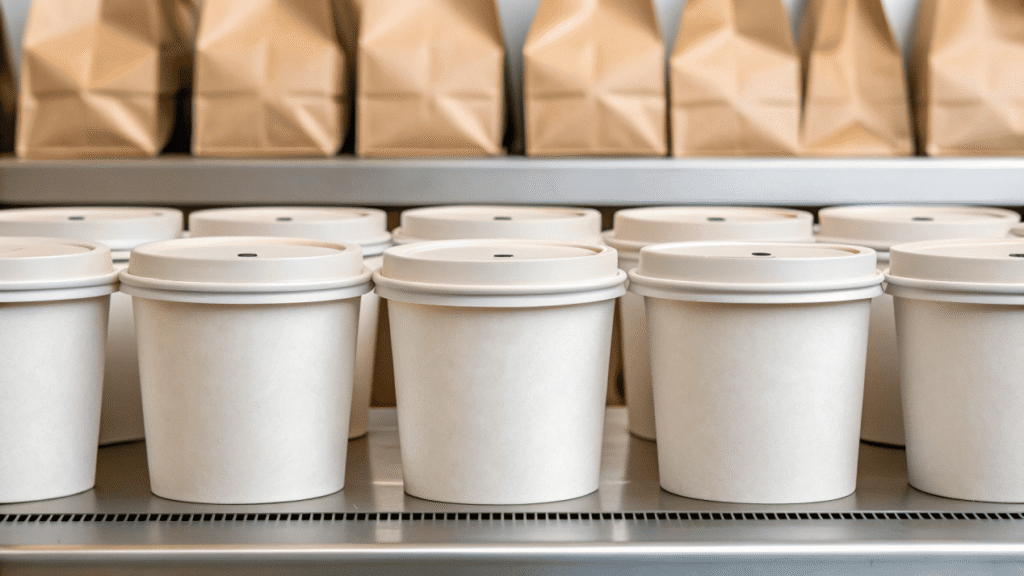Your soup is delicious, but customers complain it's lukewarm by the time they get home. Worse, you're constantly worried about leaky containers causing spills and angry reviews.
The best soup cups are sturdy, squat paper food containers or double-wall paper cups. They must have a vented, tight-fitting lid to maximize heat retention and prevent dangerous spills.

I’ve been in this industry for over 15 years, and I've seen firsthand how the wrong container can ruin a perfect meal. A customer doesn't blame the cup; they blame your restaurant. Choosing the right soup cup isn't just an operational detail; it's a critical part of your customer's experience and your brand's reputation. Let's break down what you need to look for.
How Do You Keep Soup Hotter for Longer?
You've perfected your recipe, but the soup arrives cold. This makes your premium product feel cheap and disappoints your customers, who are unlikely to reorder.
To maximize heat retention, you must use a cup with insulation. Double-wall paper cups or squat paper food containers create an air gap that keeps heat in and hands cool.
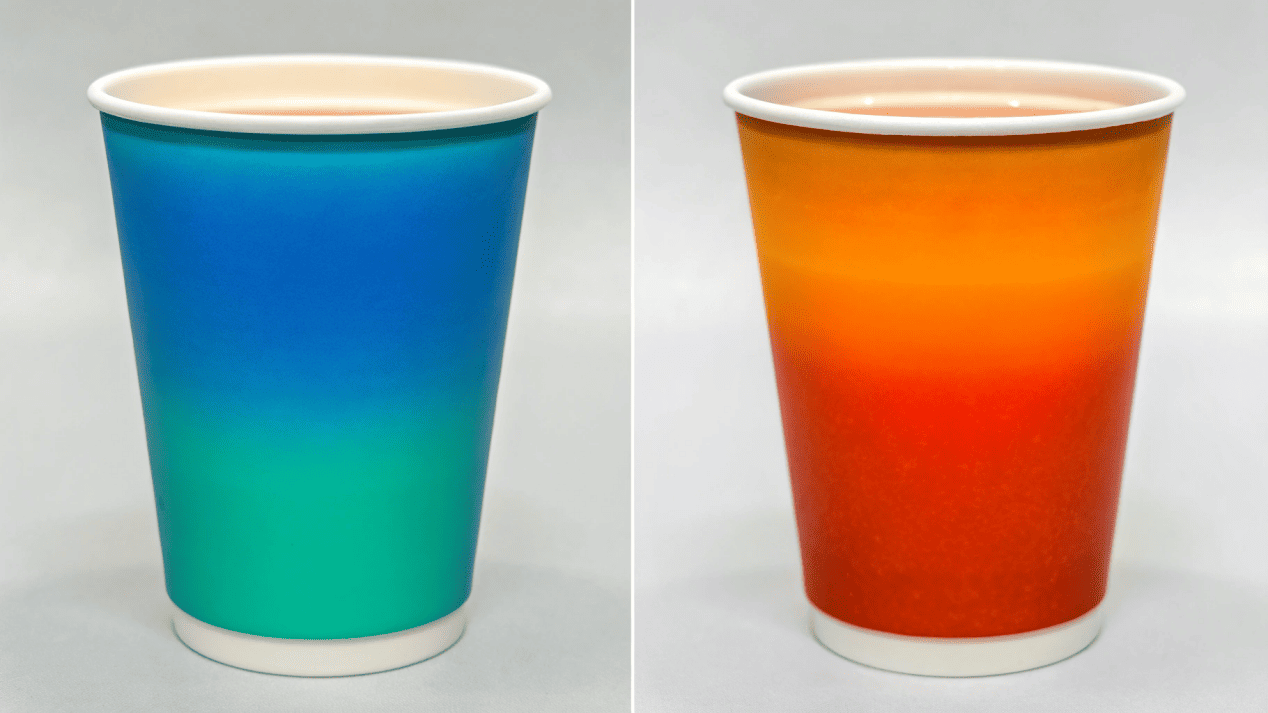
This is the most critical functional requirement. From a mechanical engineering perspective, it’s all about minimizing heat transfer. A standard, thin-walled cup allows heat to escape rapidly. For hot soup, you have two superior options that are specifically designed to solve this problem.
The Power of Insulation
The secret is creating a barrier between the hot soup and the outside air.
- Double-Wall Paper Cups: These have two layers of paperboard. The air trapped between the layers acts as an excellent insulator. It's the same principle that a thermos uses. This design keeps the soup hot for much longer and also ensures the cup's exterior is cool enough for a customer to hold comfortably.
- Squat Paper Food Containers: These containers are usually made from a thicker, more heavy-duty paperboard than standard drink cups. Their solid construction and density naturally provide better insulation than a single-wall cup.
The Role of the Lid
Never underestimate the lid. A loose or poorly designed lid will let heat escape from the top. A well-fitting lid is essential to trap steam and maintain the temperature of the soup during transport.
| Cup Type | Insulation Level | Best For |
|---|---|---|
| Single-Wall | Poor | Cold items only. Unsuitable for soup. |
| Double-Wall | Excellent | Very hot liquids like soup and coffee. |
| Paper Food Container | Good | Hot foods, stews, chilis. Thick paperboard provides insulation. |
What Makes a Soup Cup Safe and Leak-Proof?
You're terrified of a customer getting burned by a leaky cup or having soup spill all over their car. A single failure can lead to a disastrous review or even a lawsuit.
A safe soup cup has three key features: a sturdy material that won't get soggy, a wide and stable base, and a vented, securely fitting lid that snaps on tightly.
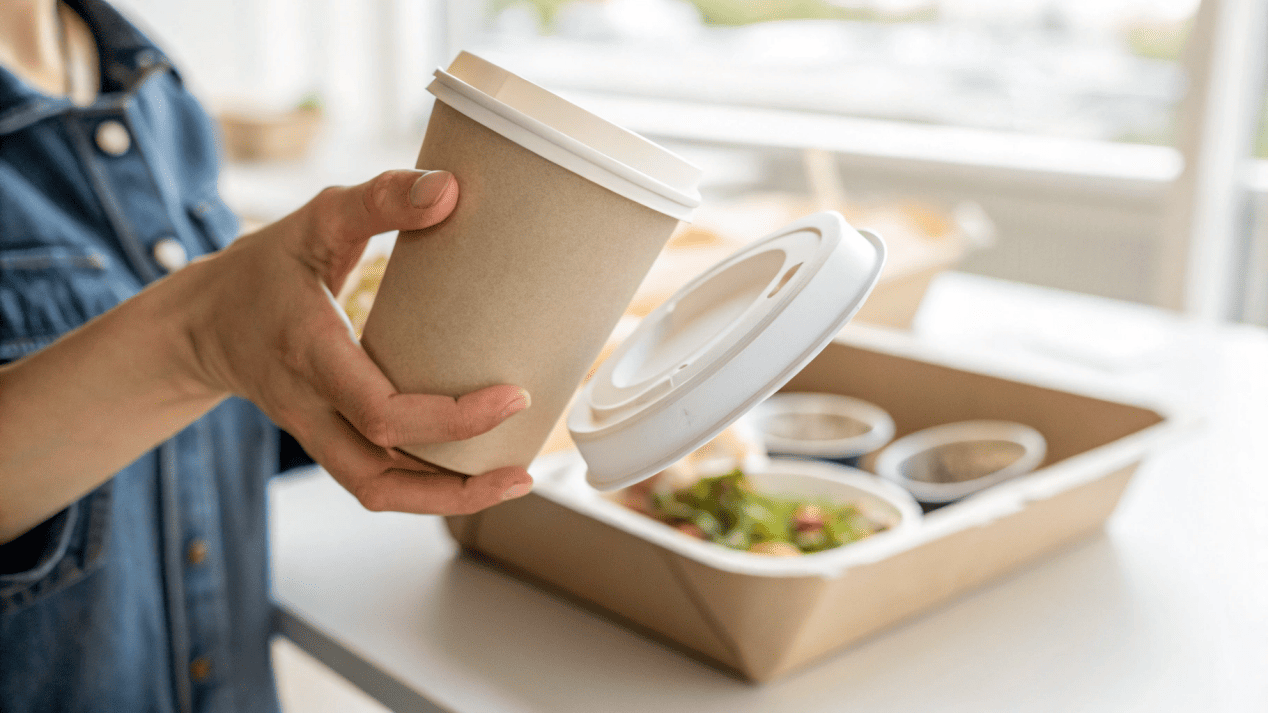
When it comes to hot liquids, safety is non-negotiable. As a manufacturer, ensuring product integrity under heat and pressure is my top priority. A cup failure is a brand failure. Here’s the safety checklist I give to all my clients.
1. A Vented, Secure Lid
This is the most important safety feature.
- Venting: Hot soup releases a lot of steam. Without a small vent hole in the lid, pressure can build up inside the container. This can cause the lid to pop off unexpectedly, creating a dangerous spill.
- Secure Fit: The lid must snap on with a firm, audible click. This confirms a secure seal around the entire rim. Always test the lid compatibility with your chosen cup.
2. A Strong, Non-Soggy Material
The cup itself must withstand heat and moisture. We use heavy-duty paperboard with a protective lining (either PE plastic or a compostable PLA bioplastic). This lining is crucial because it prevents the liquid from soaking into the paper fibers, which would make the cup weak, unstable, and prone to collapse.
3. A Stable Base
For soup, a container with a wide, squat shape is always safer than a tall, narrow cup. The lower center of gravity makes it much less likely to tip over on a counter or in a car.
What Do Customers Actually Want in a Soup Cup?
You have a cup that's safe and keeps soup hot, but is it creating a great experience? Customers interact with the container throughout their meal, and small details make a big difference.
Customers want convenience, comfort, and sustainability. They prefer a cup that is easy and comfortable to hold, has a wide mouth for easy eating, and is made from eco-friendly materials.
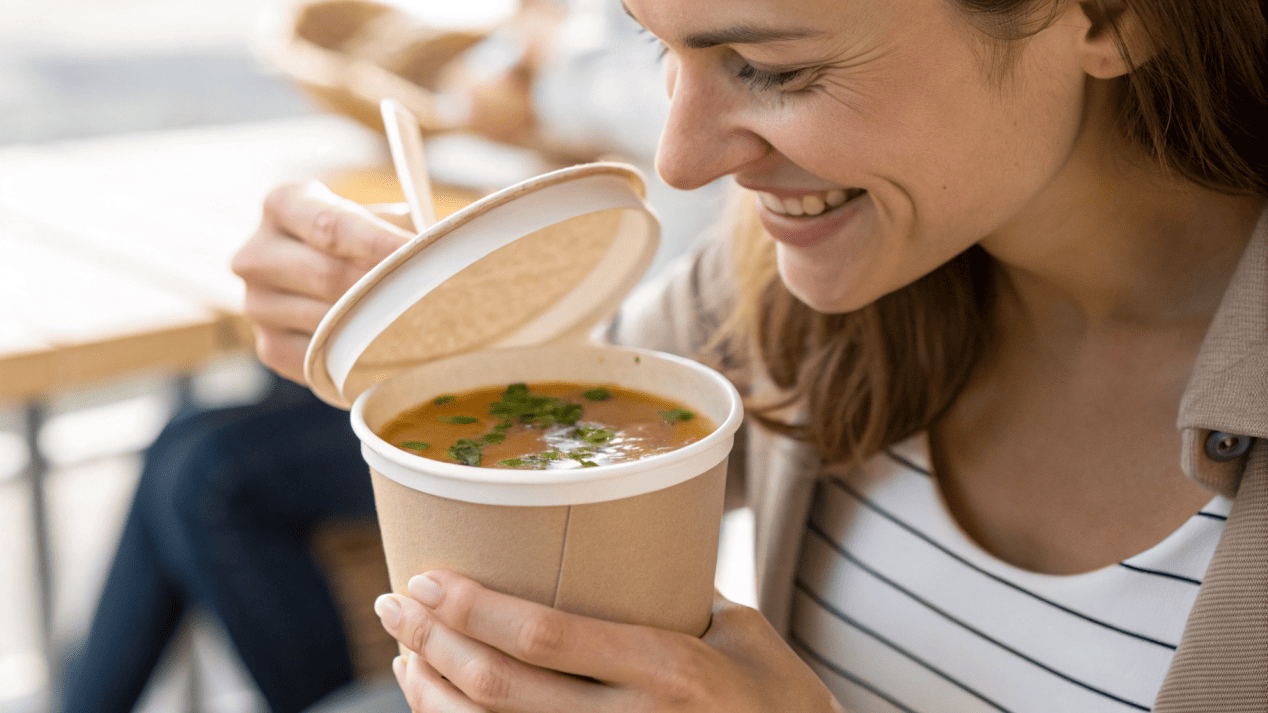
Thinking like a customer is key to choosing the best packaging. The container should make the meal easier and more enjoyable, not harder. After talking to hundreds of cafe and restaurant owners, these are the features that customers notice and appreciate the most.
- Comfortable to Hold: A double-wall or ripple-wall exterior means the cup isn't painfully hot to the touch. Customers appreciate being able to hold their meal without needing a napkin or sleeve. This signals quality and care.
- Easy to Eat From: A wide mouth is essential. No one wants to struggle to get their spoon into a narrow opening. A wider "bowl-style" container feels more like a proper meal and less like a drink.
- Sustainability Signals: In today's market, using a cup made from recyclable Kraft paper or a compostable PLA-lined material sends a powerful message. It tells the customer that you are a responsible brand that cares about more than just profit. Many customers are willing to pay more to support businesses that share their values.
Can a Simple Soup Cup Actually Build My Brand?
You see packaging as a functional necessity and a line-item expense. You might be using plain, unbranded cups to save money, without realizing the opportunity you're missing.
Absolutely. A custom-printed soup cup is a walking billboard. It carries your brand's logo, colors, and story out into the world, turning every single takeout order into a marketing opportunity.
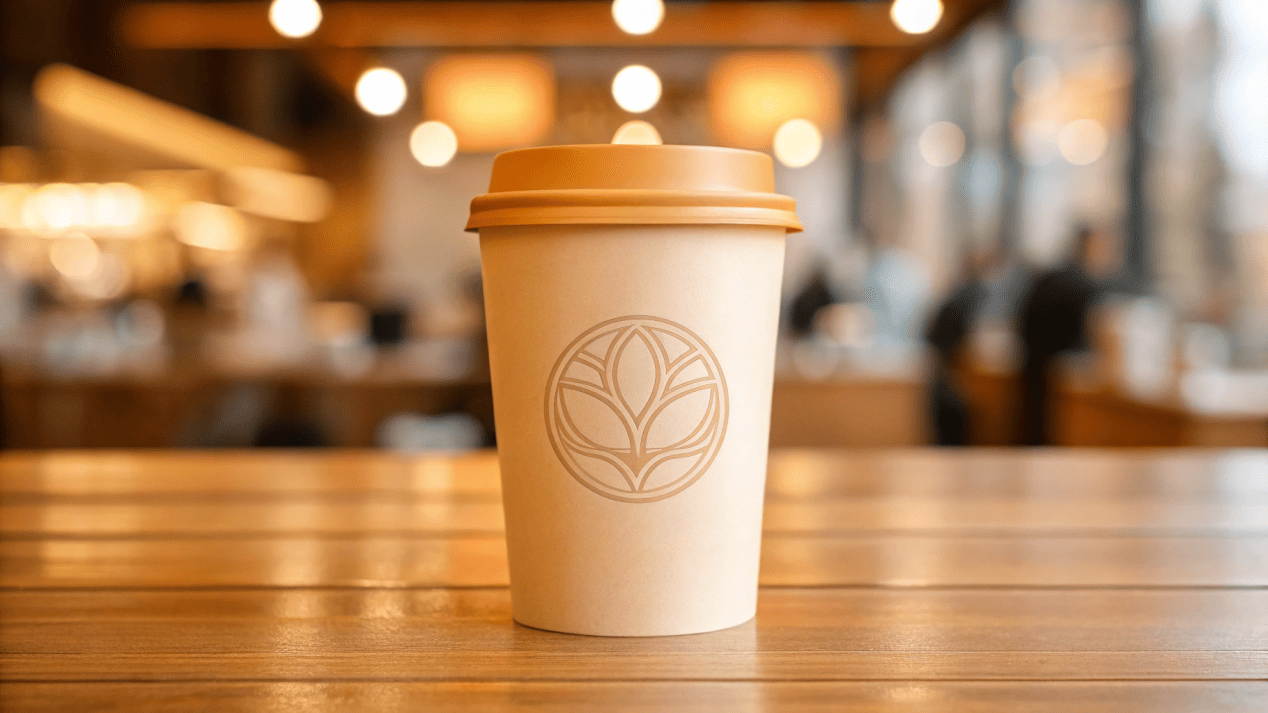
I've seen it happen time and time again. A small restaurant invests in custom-printed packaging, and suddenly their brand recognition skyrockets. Why? Because the packaging goes places the restaurant can't: into offices, parks, and homes. It’s one of the most cost-effective marketing tools at your disposal.
Make It Your Own
Think beyond just your logo. Your soup cup is a blank canvas.
- Visual Identity: Use your brand's color palette to create an instantly recognizable look. A full-wrap design makes a much stronger impression than a single, small logo.
- Connect with Customers: Add your social media handles, a QR code linking to your menu, or a short message about the fresh ingredients in your soup. Use the space to tell your story.
- Material as a Message: The material you choose is part of your brand. Using natural Kraft paper communicates an artisanal, earthy vibe. Choosing a compostable PLA-lined cup clearly states your commitment to sustainability. Your packaging choices tell customers what you stand for before they even take the first spoonful.
Conclusion
The right soup cup protects your product, ensures customer safety, enhances the meal experience, and builds your brand. It is an investment, not just an expense, in your business's success.
